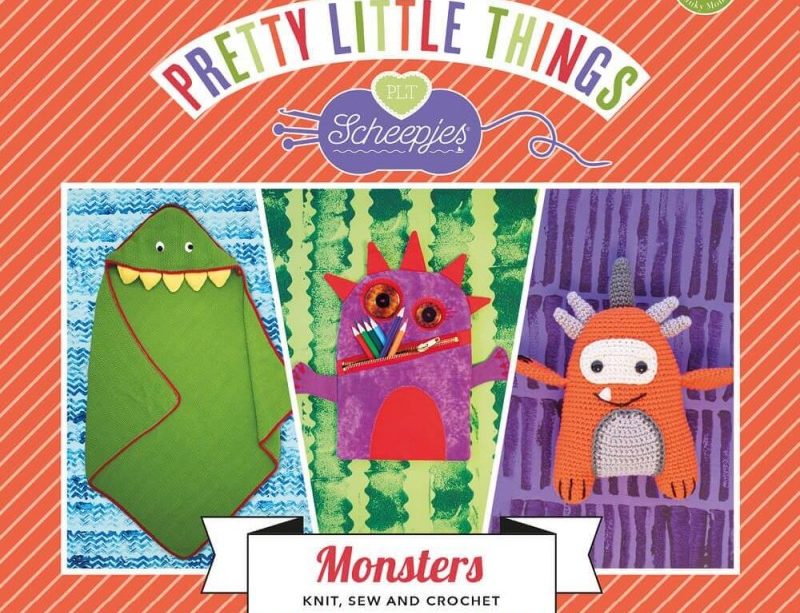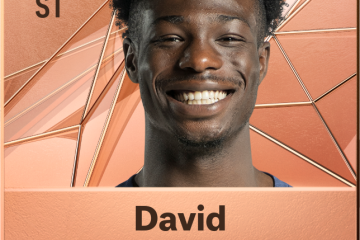The Rise of Pretty Little Thing in Fast Fashion

Introduction
Pretty Little Thing (PLT), the UK-based fashion retailer, continues to make waves in the fast fashion industry. Founded in 2012, PLT has quickly become a go-to for affordable, trendy clothing targeting young women. The brand’s rapid rise and its significant impact on consumer shopping habits highlight the evolution of the fashion retail landscape, especially relevant in the post-pandemic world.
Growth and Popularity
With over 8 million followers on Instagram and millions of website visits, PLT has successfully captured the attention of fashion-forward consumers. The brand is known for its commitment to inclusivity, offering a wide range of sizes and styles that embrace diversity. Collaborations with celebrities like Kourtney Kardashian have further elevated its profile, bringing more visibility to its trendy collections.
In recent years, PLT has expanded its product lines to include activewear, loungewear, and occasion wear, responding to the changing needs of consumers, especially during the pandemic when comfort became a priority. The brand employs a strategy focused on social media marketing, utilizing influencers and popular trends to drive sales and engagement.
Sustainability Efforts
In an industry often criticized for its environmental impact, PLT has made strides to adopt more sustainable practices. The brand recently launched initiatives to reduce waste and improve supply chain transparency. Efforts include a dedicated sustainability page on their website, promoting eco-friendly products and committing to responsible sourcing and production methods.
The Future of Pretty Little Thing
Looking ahead, PLT is expected to continue its growth trajectory by expanding its reach internationally while focusing on sustainability. As consumer preferences shift towards ethical and environmentally conscious choices, brands like PLT will likely face increasing pressure to balance style and sustainability. Furthermore, the ongoing evolution of digital shopping experiences, including augmented reality and personalized shopping, may pave the way for innovative engagement strategies that enhance customer interaction.
Conclusion
Pretty Little Thing signifies a pivotal shift in the fashion industry towards accessibility and rapid trend adoption. As the brand navigates the challenges of sustainability and consumer expectations, its ability to adapt will determine its success. For readers and consumers alike, understanding the dynamics of PLT and similar brands sheds light on the future of fashion retail in a transforming economic landscape.





